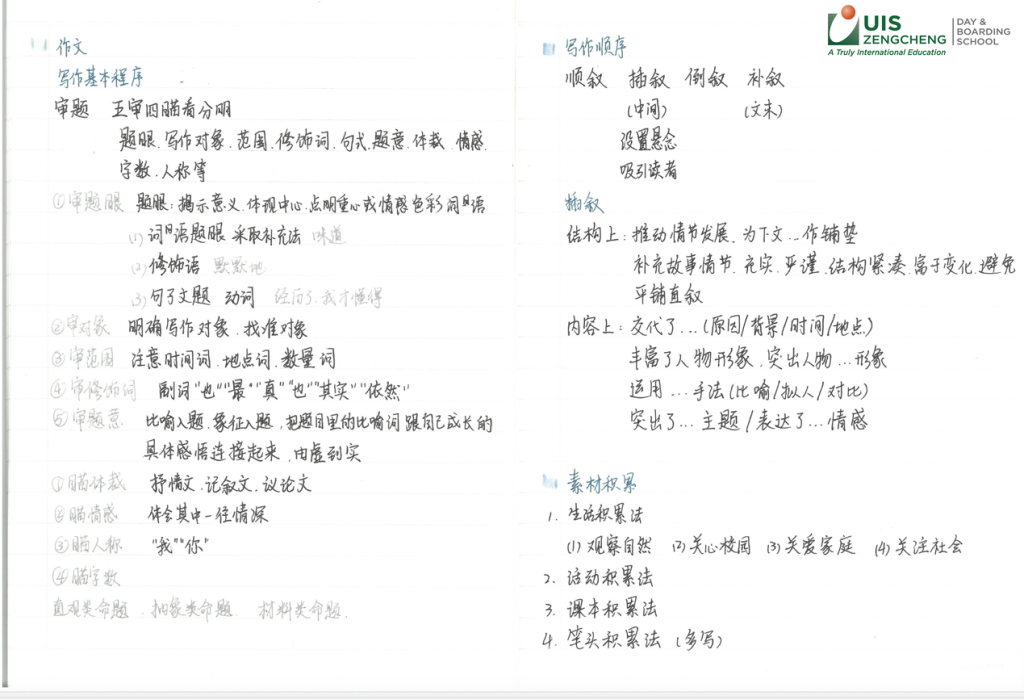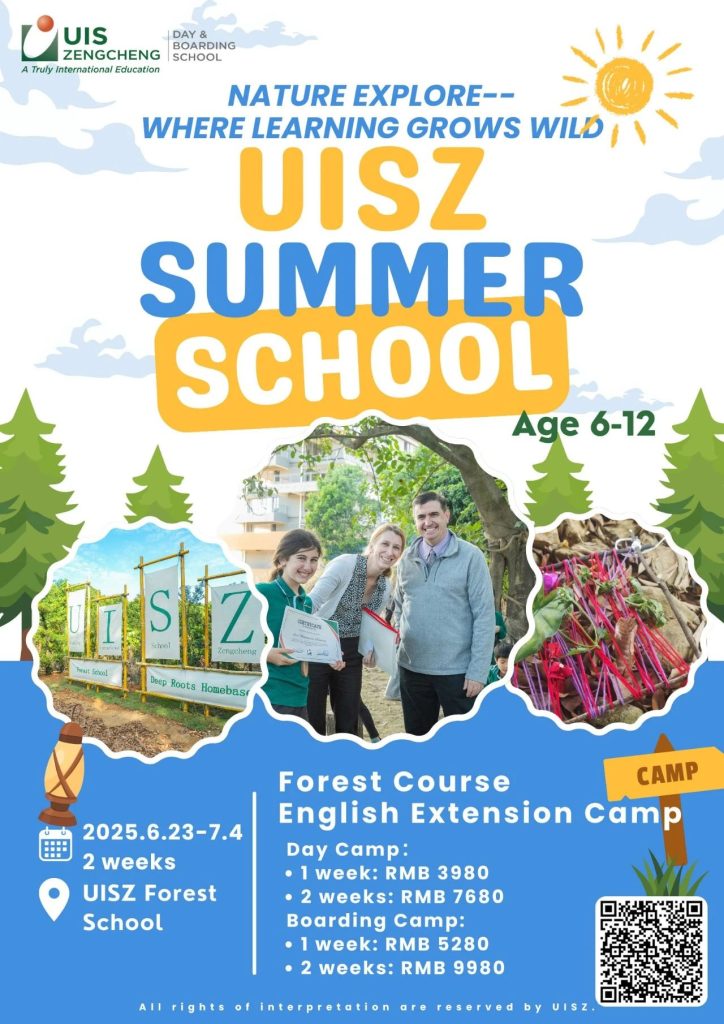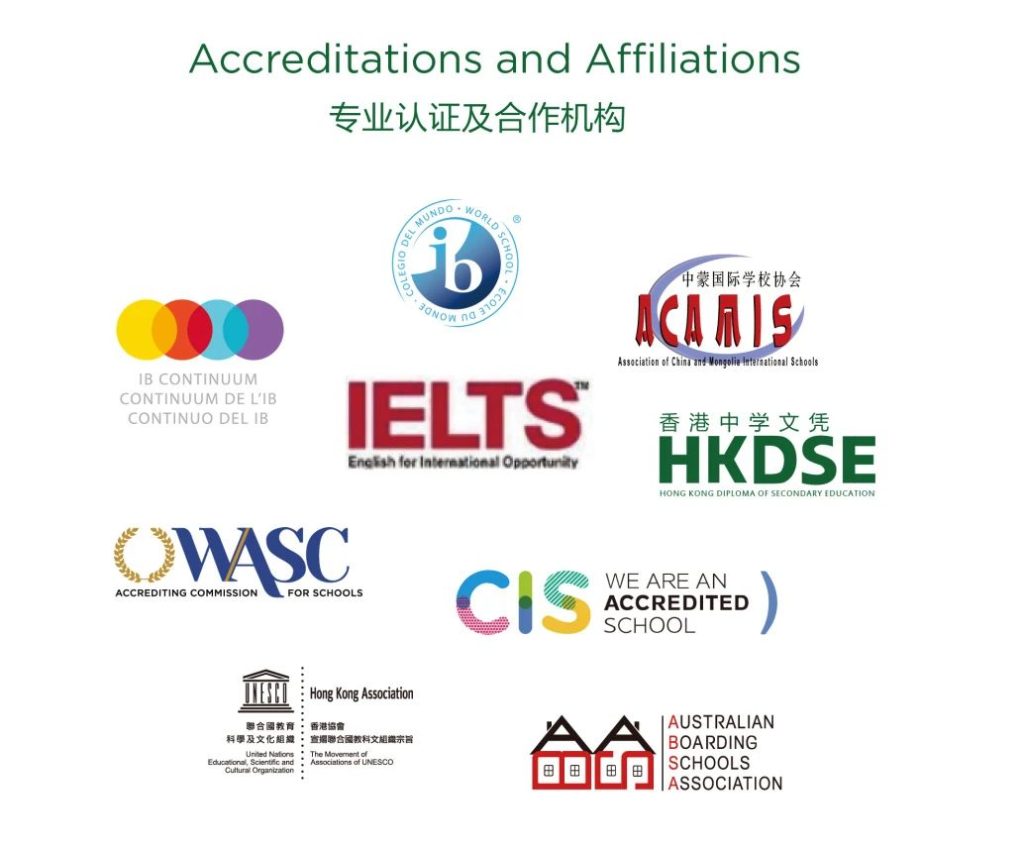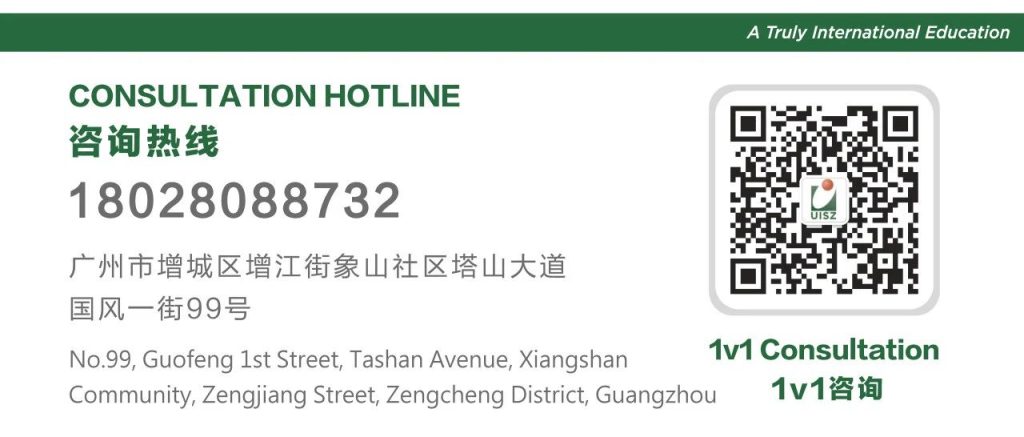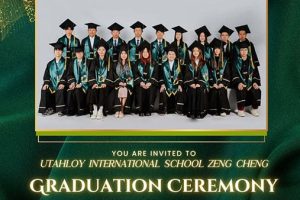
2025
· Chinese Language Teacher
Mr. Zeng Jun
- Graduate of South China Normal University
- Senior Secondary Chinese Language Teacher
- Over 20 years of experience as secondary Chinese teacher
Review and Reflection on the 2025 DSE Chinese Exam
As a DSE teacher, I had the honor of accompanying our students to Hong Kong on April 1st and 2nd, 2025, for the Chinese Language exam. During those two intense days—traveling, waiting and witnessing the exam process up close—I wasn’t just there as a teacher, but as someone who got a real taste of what it feels like to be a DSE candidate. I saw the nerves, the focus, the quiet determination, and I felt the weight of it all alongside our students.
Once the exams were over, I said goodbye to the students in Hong Kong and made my way back to Guangzhou. The moments from this journey are still fresh in my mind. I’ve taken the time to reflect on the exam questions and the overall experience—not just as a report, but as something I hope will light the way and offer a bit of confidence to the next group of students preparing to take on this important challenge.
Part One
Review of the 2025 DSE Chinese Papers 1 & 2
The questions in Paper One Part A
followed the order of the textbook and included classical texts like “Fish, Which I Desire,” “On Benevolence, Filial Piety, and the Gentleman,” “Record of Yueyang Tower,” and “Autumn Evening in the Mountains.” Each text had its own special focus. The question types included filling in blanks with key words (like “already”), explaining the use of function words (such as “that”), analyzing sentence structures, reciting famous quotes (like “The gentleman seeks from himself, the petty man seeks from others” from The Analects), and exploring key ideas (such as how “bright moon shining among the pines” shows the writer’s wish for a quiet life). Overall, the exam was similar in style and difficulty to our usual practice papers. However, the coverage was wide, so students need to review everything carefully and not miss even small details.
Paper One Part B: Out-of-class Reading
This section includes two modern texts, “The Value of Novels” and “Long Alley,” as well as a classical Chinese text about Zhang Xun’s defense of Suiyang from the Zizhi Tongjian, with commentary by the historian Wang Ruoxu in his Notes on Reading History. The texts mix both ancient and modern ideas, combining emotion and reason. The first modern text, “The Value of Novels,” has questions similar to those in the textbook exercises. It starts with a paragraph division task, where students choose the best division. The following questions ask for details from the text, such as understanding words, analyzing ideas (like the philosophy in The Outsider), and figuring out the writing techniques used. The last question is a short answer asking about the value of novels. The second text, “Long Alley,” is shorter and has fewer questions, acting as a support text. It asks about rhetorical devices, verse rhythm, the relationship between people and nature, and how the ending connects to the theme. The overall structure is balanced, testing both reading comprehension and appreciation of the text.
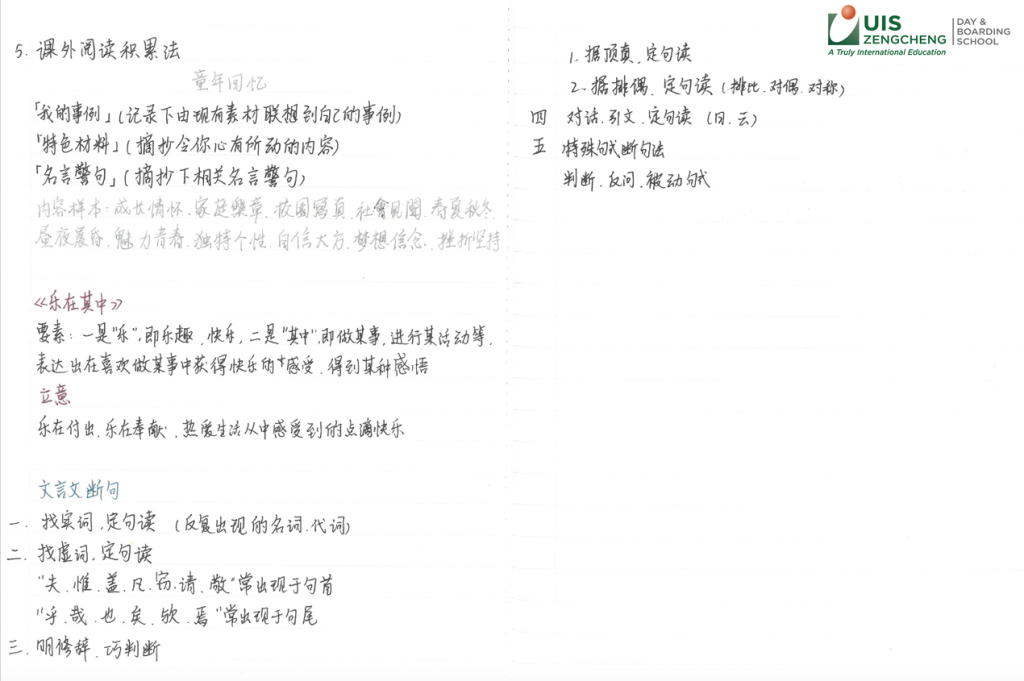
Part Two
Paper Two Part A: Practical Writing
This section of Paper Two Part A examines speech writing, focusing on the topic of “urging care for abandoned pets.” It guides candidates to pay attention to social reality, express emotions, and make constructive suggestions. The question stem includes two pieces of information: one introduces the “Love at Home” public welfare project promoted by the Nanshan Volunteer Service Team, which includes pet care courses and publicity lectures, aiming to enhance the public’s sense of responsibility and awareness of care; the other is a real conversation among classmates, discussing issues such as “the troubles of keeping pets,” “abandonment phenomena,” and “pet treatment.” The overall question is rich in real-world warmth and also leaves room for critical thinking. It examines the candidates’ ability to integrate information and requires their language to be persuasive and inspiring.
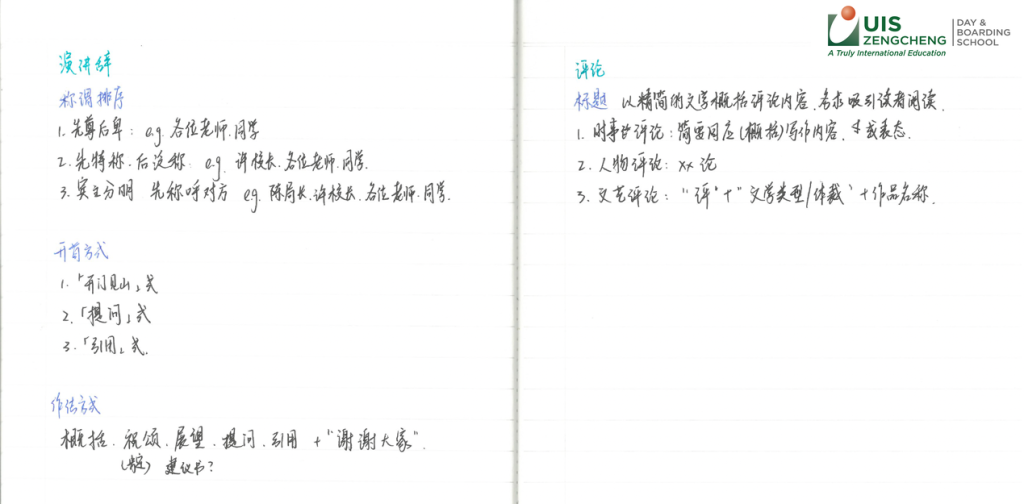
Paper Two Part B: Writing Expression
There are three essay topics in Paper Two Part B, each with a different form, covering various genres such as narrative, argumentative, and lyrical, aiming to comprehensively examine students’ writing abilities and depth of thought:
The first topic is “Treasures Hidden in the Soil.” The form is broad, with no genre restrictions. Candidates can express emotions, narrate stories, or present arguments. This topic encourages candidates to think deeply about the element of “soil,” explore its symbolic meanings and philosophical insights, and stimulate their imagination and independent thinking.
The second topic is “Imperfection and Perfection,” with the subtitle “Accepting Imperfection is Also Perfection.” This is a highly philosophical argumentative essay topic, guiding candidates to draw wisdom from the imperfections of life, deeply contemplate the dialectical relationship between imperfection and perfection, and explore how to achieve inner harmony and completeness by accepting imperfections.
The third topic is an argumentative essay about “innovation.” The topic is broad and profound, calling for students to have the courage and wisdom to innovate and change in today’s society. This topic is suitable for students who are good at rational thinking and logical rigor, challenging them to argue and elaborate on “innovation” from multiple perspectives.
